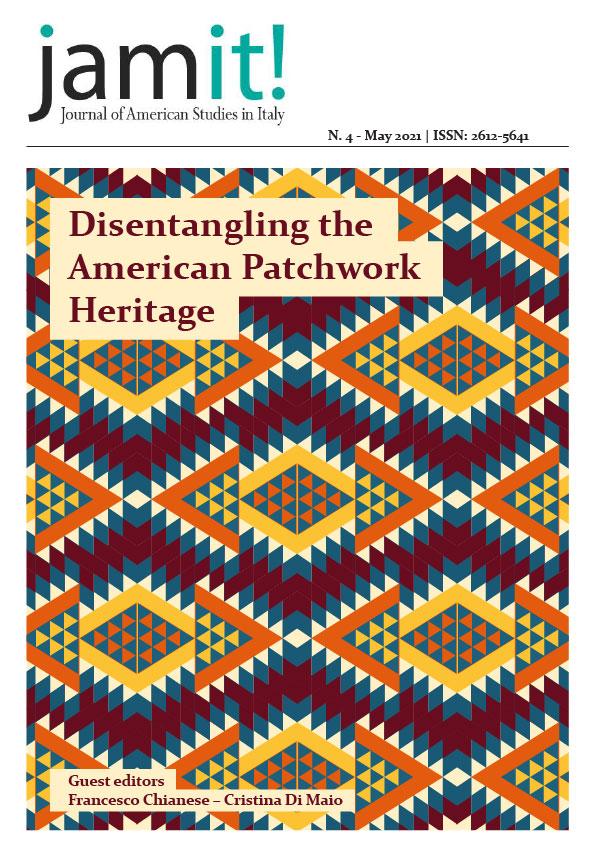Moving Toward Whiteness
Urban Change, Social Housing and Ethnic Relationships in Chicago after the WWII
DOI:
https://doi.org/10.13135/2612-5641/5423Parole chiave:
immigrants, race riots, african americans, ethnic studies, urban history, chicagoAbstract
The history of Chicago in the WWII post-war period was characterized by two main issue: a series of new urban plannings and a strong internal mobility. Both, however, started in the decades before WWII. The large masses of immigrants from southern and eastern Europe, to which the African Americans added after the 1920s arriving from the rural South, needed spaces to inhabit. At the same time, many agencies involved in this new urbanization, especially the Chicago Housing Authority, planned a series of interventions that, in addition to change the structure of the city, had a deeply in uence on the relations between ethnic communities. Moreover, since the early 20th century, the strong industrialization of the city, with the consequent need for labor and low-cost housing for these new workers, transformed the urban landscape very deeply, gradually changing until made disappear what for Fisher was the “green soul of Chicago”, to which immigrants participated signi cantly (Fisher, 2015). This paper aim to reconstruct how the continuous changes of the boundaries in the urban environment, supported and executed by public actors (e.g. the University of Chicago and the City administration itself) as private, have had a direct impact on relationships between social and ethnic groups and on urban and extra- urban mobility. Due to this, fuel for struggles was provided and questions like the "white ight" took place. As main aftermath, some communities have entered, before others, into the new American middle class.
##submission.downloads##
Pubblicato
Fascicolo
Sezione
Licenza
Authors who publish with this journal agree to the following terms:
- Authors retain the copyright and full publishing rights for their submissions to the journal.
- Authors grant the journal right of first publication with the work simultaneously licensed under a Creative Commons Attribution-NonCommercial-NoDerivatives 4.0 International License that allows others to share unedited work for non-commercial purposes with an acknowledgement of the work's authorship and initial publication in this journal.
- Authors are able to enter into separate, additional contractual arrangements for the non-exclusive distribution of the journal's published version of the work (e.g., post it to an institutional repository or publish it in a book), with an acknowledgement of its initial publication in this journal.
- Authors are permitted and encouraged to post their work online (e.g., in institutional repositories or on their website) prior to and during the submission process, as it can lead to productive exchanges, as well as earlier and greater citation of published work (See The Effect of Open Access).




